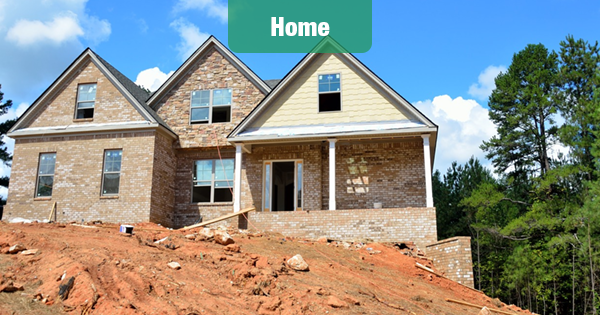
More than Six Million Homes Missing From U.S. Housing Market, Zillow Claims
One of the defining characteristics of today's housing market is the lack of available inventory, and much of this scarcity can be traced back to the lack of building following the bubble's burst, according to online real estate company Zillow.
Between 1985 and 2000, there were 3.9 permits issued for single-family homes per 1,000 residents. Since 2008, that mark stands at just 1.9 permits per 1,000 people.
If that historic rate had continued over the past decade, there would be about 6.3 million more single-family homes in the housing stock, according to a Zillow analysis.
It would take about five years of building at the current pace of 1.3 million homes per year just to add those "missing" homes.
Inventory has been falling on an annual basis for the past 41 months, although its decline has slowed in recent months.
Competition for Available Homes Is Fierce
With such limited inventory, competition for available homes has been particularly fierce in recent months in the nation's hottest housing markets, driving up prices and making it more difficult for new buyers to enter the market.
The median home value is higher than its pre-recession peak in more than half of the nation's largest markets.
Since 2008, only Houston has kept up with its pre-bubble building pace, issuing more residential permits than there would have been at the historic rate.
The permit pace in Las Vegas slowed the most, falling from 14.4 permits per 1,000 residents prior to the housing boom to just 3.2 permits for every 1,000 residents over the past 10 years.
Another effect of fewer homes being built is that existing homes are getting older. The median age of homes that sold in 2007 was 24 years.
By 2017, that had increased to 37 years, bringing a new set of challenges around home maintenance as the structures age.
In Indianapolis, the median age of a sold home increased from 21 years to 41 years, the biggest age increase among the 35 largest metros.

